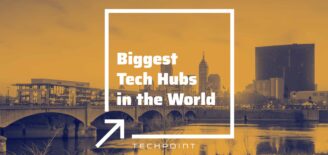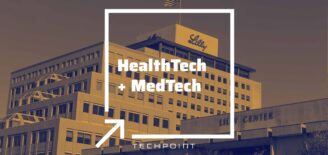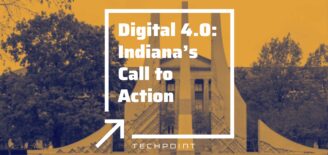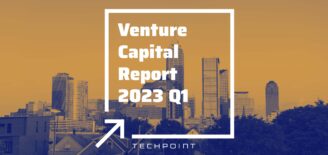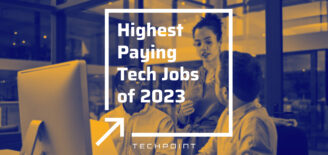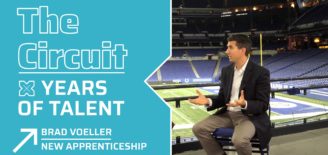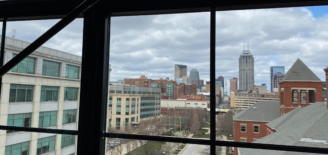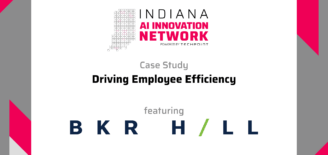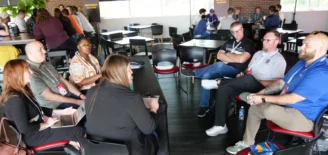It’s not every day that The New York Times publishes an article in their Square Feet section highlighting the Indianapolis tech community. Miranda Spivack, an award-winning journalist who is serving as a 2016-17 Eugene S. Pulliam Distinguished Visiting Professor of Journalism at DePauw University in Greencastle, Indiana, penned the article after hearing over and over again about the innovation and entrepreneurship happening in Indiana’s tech sector.
Titled online as How Indianapolis, Long Known as a Manufacturing Center, is Luring Tech Talent and in print as A Mecca for Car Racing Revamped as a Hub for Tech, it is clear that what Spivack found most interesting was how a state long known for providing high skilled manufacturing careers now has another high-skilled and high-earning potential career option for Hoosiers.
To illustrate that concept, Spivack shared the story of Ashley Zegiestowsky, a computer science graduate from Butler University who started working at BidPal after college thanks to TechPoint’s Indy Tech Fellowship. Ashley previously shared why she chose Indy for her tech career with us in a feature profile, and the story resonated with new grads and tech industry pros who agreed that Indy is a great place for new tech grads.

New grads like Ashley, along with experienced talent and career changers, are looking to tech careers in Indy for several of the reasons Spivack highlighted. Salesforce illustrated this with their announcement of taking over the tallest building in the state as one of four towers (London, New York and San Francisco being the other three), along with adding 800 jobs by 2021. Salesforce must have a clear line of sight into how Indy is attracting tech talent to take such a gamble on a Midwestern city.
The Religious Freedom Restoration Act (RFRA) debacle of 2015 continues to come up in conversation as non-Hoosiers ask how RFRA politics impacted the state’s ability to attract talent. There’s no doubt that Indy tech leaders spoke up about then-Governor Mike Pence’s proposition to cite religion as a reason to refuse service to customers. TechPoint has not estimated whether RFRA had an effect on the state’s ability to attract talent, but has instead focused on helping tech companies grow and scale so they can one day operate at the size of enterprise-level companies like Salesforce.
We hope the article reached people who used to live in Indiana and will now see the tech potential and choose to move back. We hope tech-skilled college students will decide to stay in Indiana after graduation, instead of moving to Silicon Valley. We hope you read it and felt proud to live and work in a community that received positive national recognition. After all, it takes a village of community support to build a place that people want to be part of. Maybe our Hoosier Hospitality is finally rubbing off?

